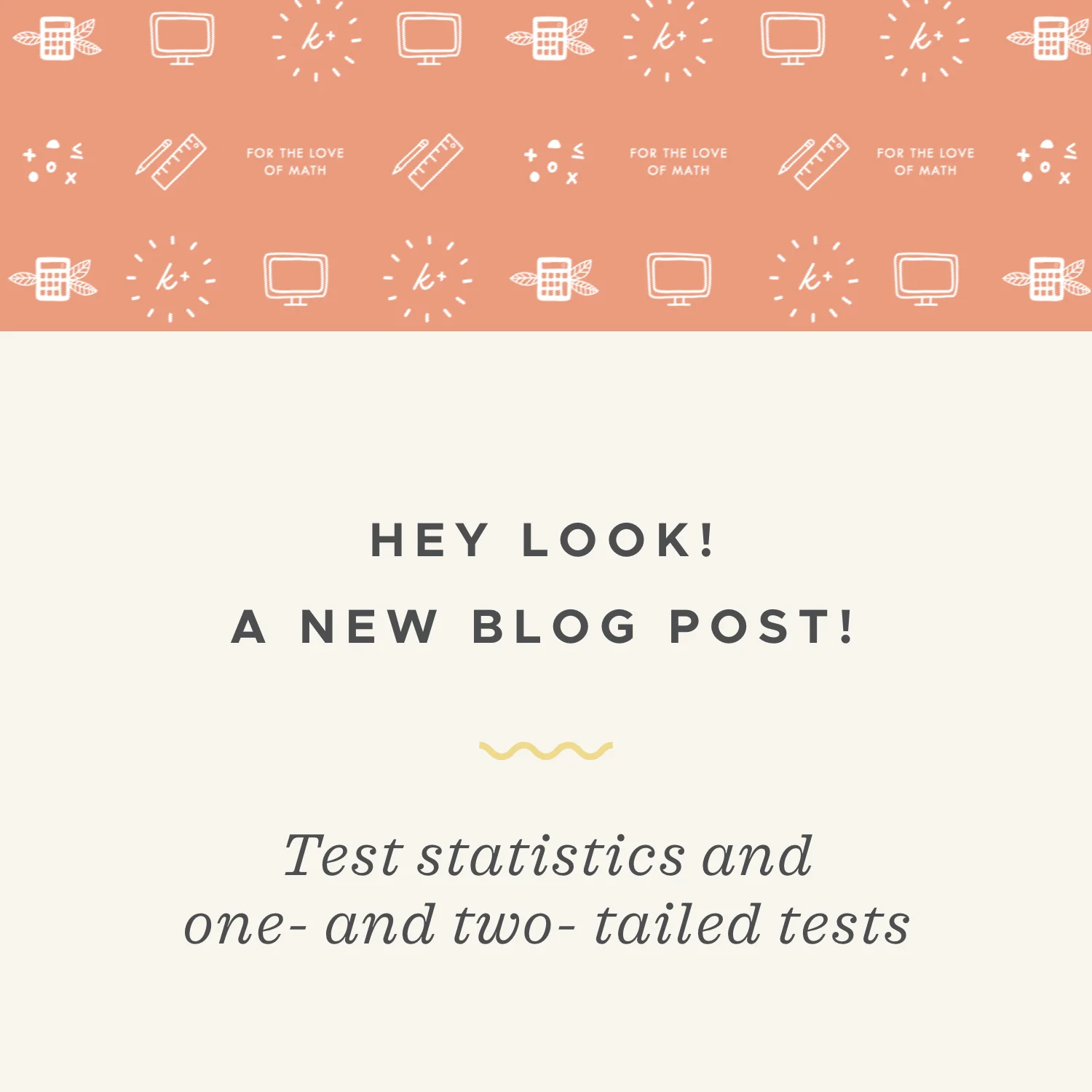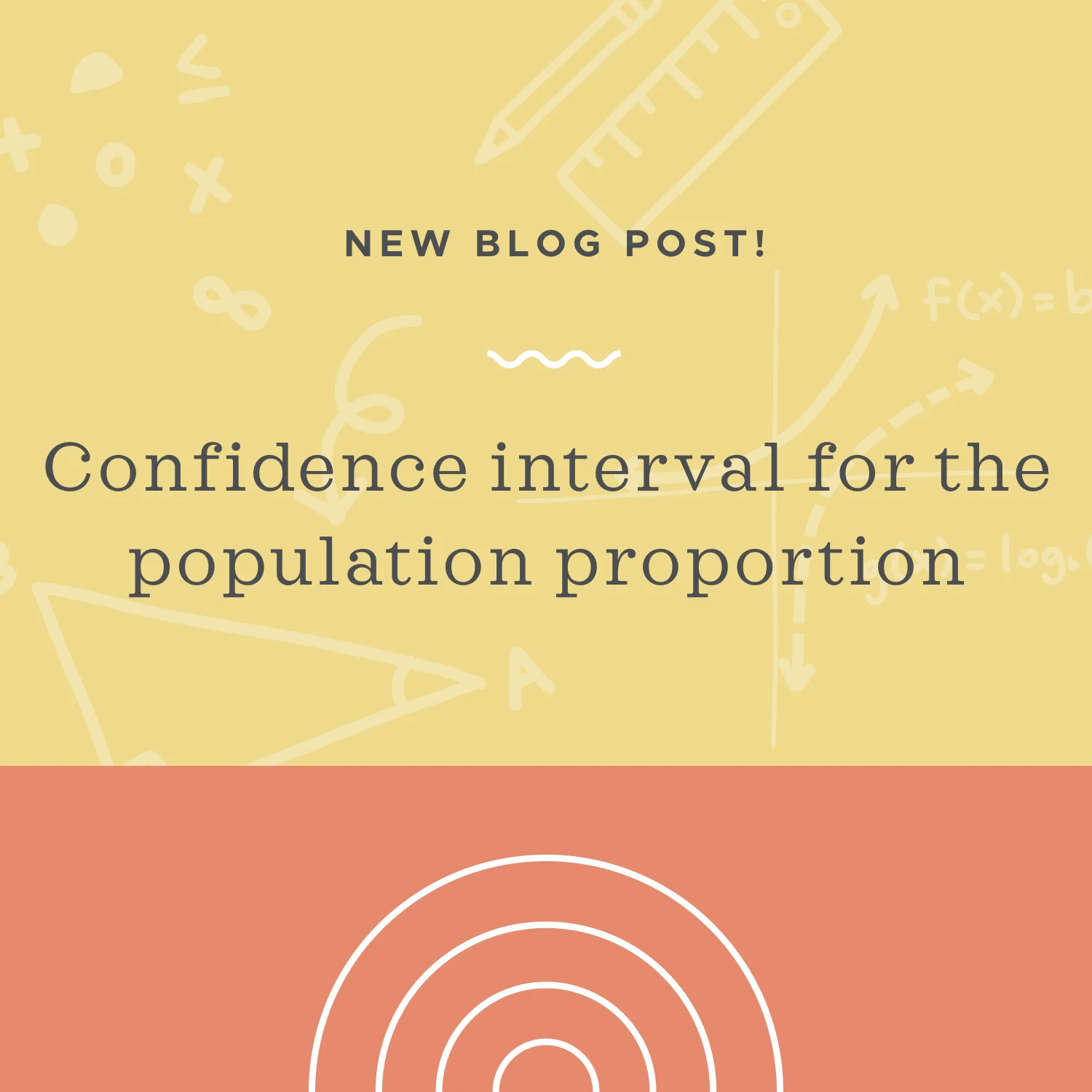Up to now we’ve been focused mostly on hypothesis testing for the mean, but we can also perform hypothesis tests for a proportion. In order for the test to work, we’ll need np≥10 and n(1-p)≥10, where p is the probability of a success, and 1-p is the probability of failure.
Read MoreWith any hypothesis test, we need to state the null and alternative hypotheses, then determine the level of significance. We’ve already covered these first two steps, and now we want to learn how to calculate the test statistic, which will depend on whether we’re running a two-tail test or a one-tail test.
Read MoreIf we know how we’re sampling, what confidence level we want to use, and we know the sample proportion and standard error, then we can plug these values into the correct formula, find the critical value associated with the confidence level, and then calculate the confidence interval directly.
Read More




